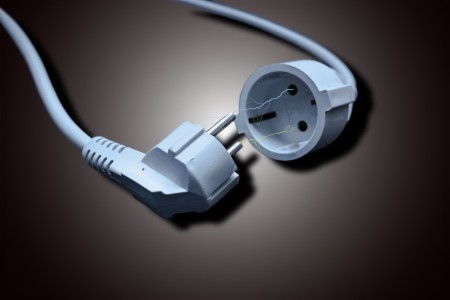In a world where noise pollution is increasingly prevalent, the demand for effective solutions to manage sound exposure has never been higher. Noise-cancelling earplugs have emerged as a popular choice for individuals seeking peace and quiet in a cacophonous environment. Whether you’re trying to concentrate in a bustling office, sleep soundly in a noisy hotel, or enjoy a concert without the auditory strain, these innovative devices can make a significant difference. The technology behind noise-cancelling earplugs has evolved remarkably, offering users a variety of options tailored to their specific needs. Understanding how these earplugs work and their various applications can empower individuals to make informed choices for their auditory health.
Noise-cancelling earplugs utilize advanced technology to reduce unwanted ambient sounds. They often incorporate passive noise isolation, which physically blocks sound waves from entering the ear canal. This is achieved through materials like foam or silicone that conform to the shape of the ear. Additionally, many models feature active noise cancellation, which uses microphones to pick up external sounds and generate sound waves that are the exact opposite, effectively cancelling out the noise. This dual approach allows users to experience a significant reduction in sound levels.
One of the most common uses for noise-cancelling earplugs is in sleep environments. Many individuals struggle to fall asleep due to disruptive noises, such as traffic, snoring partners, or loud neighbors. By wearing earplugs designed for sleep, users can create a quieter space conducive to rest. Some earplugs even have additional features, like soft materials and ergonomic designs, to enhance comfort during sleep. Research has shown that improved sleep quality can lead to better overall health and well-being, making these earplugs a valuable investment.
In professional settings, noise-cancelling earplugs are invaluable for maintaining focus and productivity. Open-plan offices can be particularly distracting, with conversations and other sounds constantly vying for attention. By using earplugs, employees can minimize distractions and enhance their concentration. This is especially important for those in roles that require deep focus, such as programming, writing, or data analysis. The ability to create a personal sound environment can lead to increased job satisfaction and performance.
For frequent travelers, noise-cancelling earplugs can transform the experience of flying or staying in hotels. Airplane cabins are notoriously noisy, with the hum of engines and chatter from fellow passengers. Earplugs can significantly reduce this noise, allowing travelers to relax or sleep during flights. Similarly, hotel rooms can vary greatly in sound quality; earplugs can help ensure a restful night, regardless of external disturbances. This convenience makes them a must-have accessory for anyone on the go.
Concertgoers and music enthusiasts also benefit from noise-cancelling earplugs. While enjoying live music is a thrilling experience, prolonged exposure to high decibel levels can lead to hearing damage. Noise-cancelling earplugs designed for concerts can reduce volume without compromising sound quality. They allow users to enjoy the full range of music while protecting their hearing. This balance is crucial in preserving auditory health while still engaging in enjoyable activities.
The selection of noise-cancelling earplugs on the market is vast, catering to various preferences and budgets. Some users may prefer disposable foam earplugs for their affordability and ease of use, while others might invest in reusable, custom-molded options for enhanced comfort and effectiveness. It’s essential to consider factors such as fit, material, and the level of noise reduction when choosing earplugs. Personal preferences play a significant role in finding the right pair for each individual’s needs.
Understanding the limitations of noise-cancelling earplugs is equally important. While they can significantly reduce noise levels, they may not eliminate all sounds entirely. Certain frequencies may still penetrate, and complete silence is often unattainable. Users should also be aware that prolonged use of earplugs can lead to discomfort or earwax buildup. Regular cleaning and taking breaks from use can help mitigate these issues, ensuring a comfortable experience.
As technology continues to advance, the future of noise-cancelling earplugs looks promising. Innovations may lead to smarter devices that adapt to the user’s environment, providing personalized noise cancellation. Research into materials that enhance comfort and effectiveness is ongoing. Additionally, exploring the psychological benefits of reduced noise exposure could yield valuable insights into how these devices impact mental health and productivity.
In summary, noise-cancelling earplugs offer a practical solution to combat noise pollution in various aspects of life. Their ability to enhance sleep quality, improve focus, and protect hearing makes them an essential tool for many. Future research could explore the long-term effects of using these devices, the development of more advanced technology, and the psychological benefits of reduced noise exposure. As our understanding of sound and its impact on well-being grows, so too will the potential for noise-cancelling earplugs to enhance our daily lives.

